Structural Drawings and Calculations
Structural drawings and calculation are design that will show the builder, fabricator and building control how a loft conversion, home extension or any new build will be construction. We will Include the type of timbers to use, thickness of the steels, sizes of steels, types and grade of concrete, whether it is a hollow core slab, block and beams floor or SFS structural to be use and more.
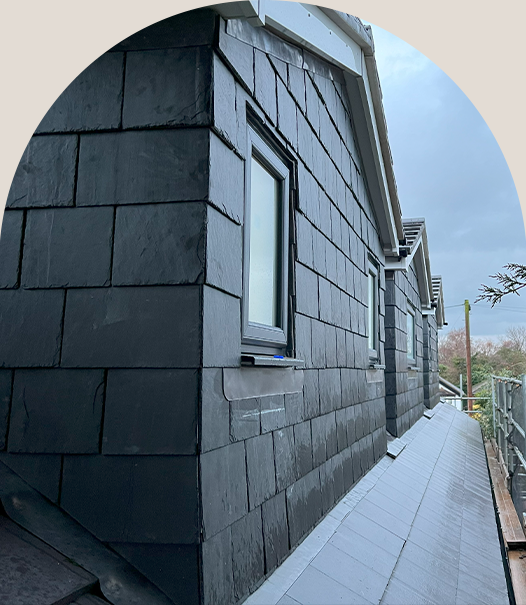


Expert Consultations
Details Matter
Building Regulation
Our comprehensive double storey extension plans ensure optimal energy performance while keeping costs low. We handle all regulatory compliance while creating designs that minimize disruption through unified construction timelines.
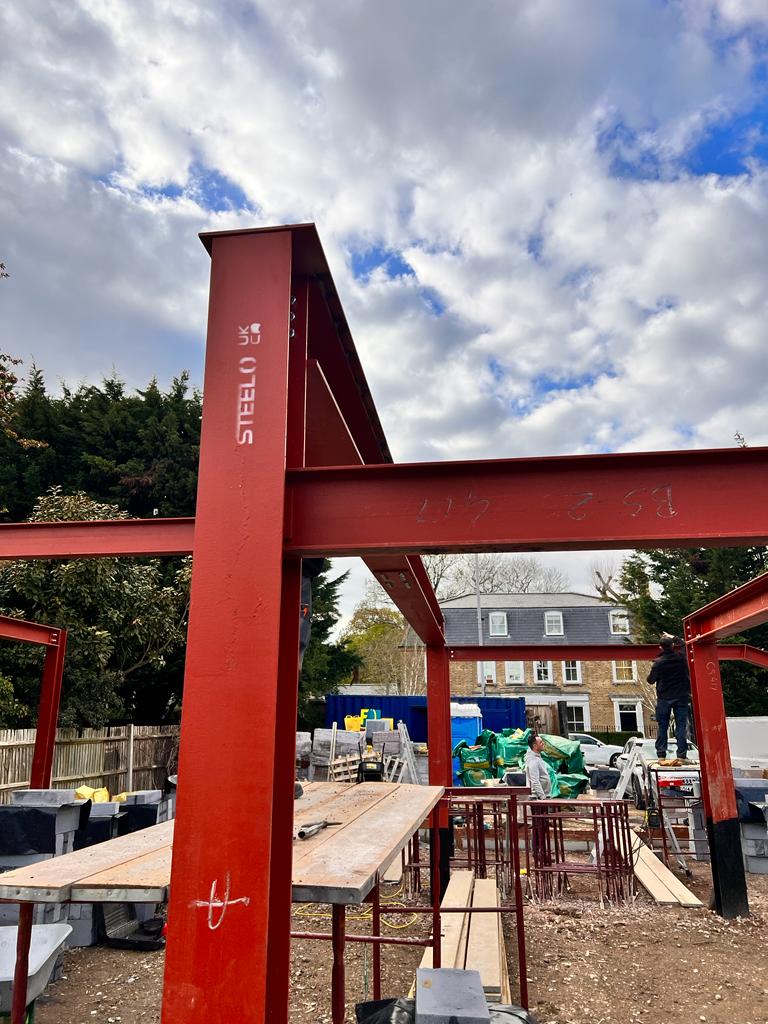

Why do I need structural drawings and calculations?
In any construction project, structural drawings play a crucial role in ensuring the safety and stability of the building. These highly technical documents provide detailed information about the design and construction requirements, guiding engineers, architects, and builders throughout the project
When to engage with a Structural Engineer
As early as possible in the project, during the conceptual design phases. Why: The structural engineer can collaborate with the architect and other design professionals to provide input on the structural feasibility of the design. This early involvement helps shape the project’s overall layout and ensures that architectural concepts align with structural requirements.
| Included as standard | Traditional Architects |
AC Design Solution |
|---|---|---|
| Fixed, transparent pricing | ✖ | ✔ |
| 2 Free design changes | ✖ | ✔ |
| Immediate project start subject to T&C'S | ✖ | ✔ |
| 3D property scanning within the price | ✖ | ✔ |
| Remote, hassle-free meetings on Teams or Zoom | ✖ | ✔ |
| Planning & building control guarantees | ✖ | ✔ |
| Transparent build cost analysis | ✖ | ✔ |
| Clear timeline & progress tracking | ✖ | ✔ |
Our Process for Structural Drawings and Calculations
When your project needs safe, buildable, and fully compliant structural design — we deliver. Our team uses advanced design tools to produce precise structural drawings and calculation packs tailored to your build. Whether it’s a loft conversion, home extension, flat conversion, or new build, we engineer solutions that are practical, approved, and ready to build.
Everything we produce meets Building Control standards, so your project stays on track — with no delays or costly surprises.
Design Development and Planning Submission
Our CIAT-qualified team creates detailed, builder-friendly double storey extension drawings using 3d software to better visulise each space, we do not use generic template, We produce architectural plans including sections, elevations. Once approved by you, we prepare and submit all documentation to your local authority’s for either planning permission or lawful development certificate.
Detailed Building Regulation Drawings
We produce building regulation drawings that satisfy all technical specifications after obtaining lawful development in some circumstances or planning approval. We provide either comprehensive detailed construction drawings or standard building regulations drawings with typical construction sections. Structural engineering calculations, thermal performance requirements, ventilation plans are included in our packages
Our plans give your builder all the information they need to provide an accurate quote by outlining insulation values, wall build up internal and external, and other technical details. Because of this technical accuracy, more than 60% of our clients turn to us after their initial designer was unable to provide the comprehensive specifications needed for double-story additions.
Approval and on going Support
Our digital submission package includes all technical documentation required by building control. Throughout construction, we maintain regular contact with both you and your builder to ensure smooth progress. We provide responsive technical support via online meetings, resolving site queries instantly with visual clarifications and additional details when needed. This continuous support ensures your double storey extension progresses seamlessly from approval to final certification.



Case study: New Build Steel Structure
Our team was appointed to deliver the full structural engineering design for a new-build mosque using a steel-framed structure to support a large, column-free prayer hall. Given the building’s public use the design had to prevent disproportionate collapse.
Structural Engineering Strategy & Design
We built a wide steel building with hidden columns, some of the beams spanning over 14m. The connections between beams and columns were designed for disproportionate collapse. The frame had to be tied together in two directions as part of disproportionate collapse prevention. Our design met all criteria without that the need for buttressing walls, or bracing everywhere. We handled all the engineering calculations and detailed drawings.
Steel Detailing & Compliance
Our steel design fully complied with Eurocode 3 (BS EN 1993) and UK Building Regulations Part A. We carefully detailed all connections to create a continuous structure with clear load paths and protection against progressive collapse. We worked closely with the contractor on the fabrication drawings to meet execution class 2 standards, ensuring the project met all requirements from initial design through to final installation.
Final Outcome & Client Feedback
Being the lead structural engineers on these projects, we delivered correct structural drawings and calculations and drawings the first time around, we reviewed contaminations reports, soil reports to prevent costly mistakes, and we commissioned de-watering reports to avoid errors. Our design allowed for the open-span layout the mosque needed, creating the flexible congregational space without internal columns.
When the construction team encountered unexpected ground conditions, our thorough initial structural planning had already accounted for soil variability, eliminating the need for revised calculations. The client appreciated our clear, detailed structural documentation which minimized questions during the build and prevented costly mistakes. The project passed Building Control inspection without structural amendments, allowing the mosque to open on schedule and within their planned budget. As with all our projects we design in 3d to eliminate the issues and can revert to it if there is an issue on site.
CALL US TODAY ON 020 8152 4006
Need Planning Advice? Read Our Expert Insights
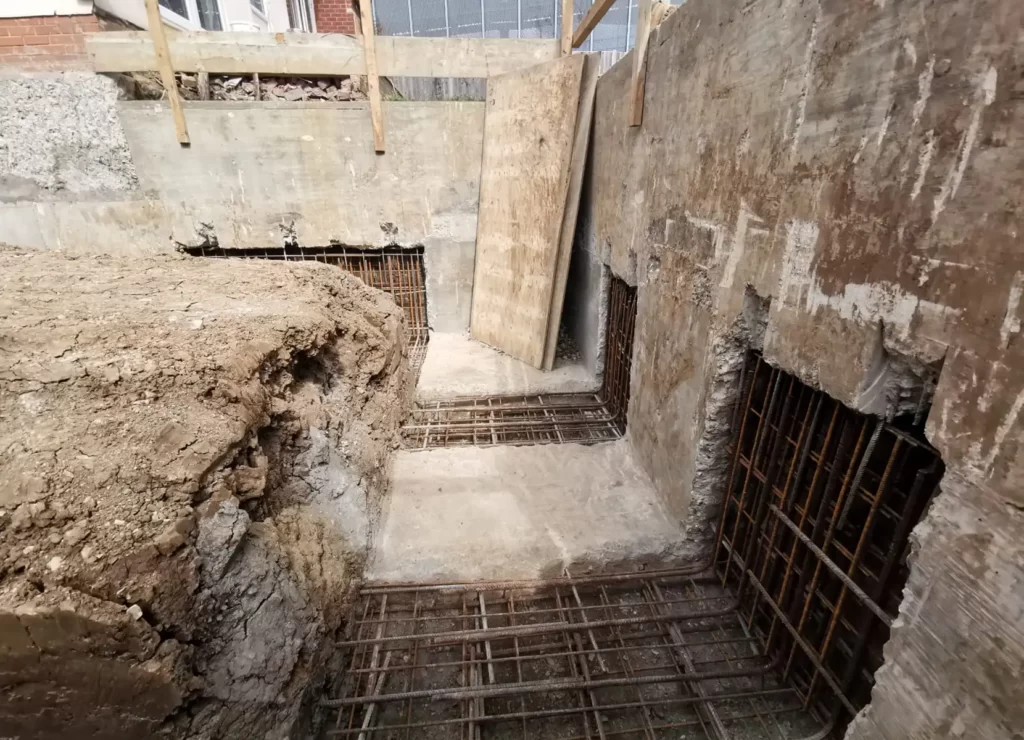
Basement Underpinning Guide 2023
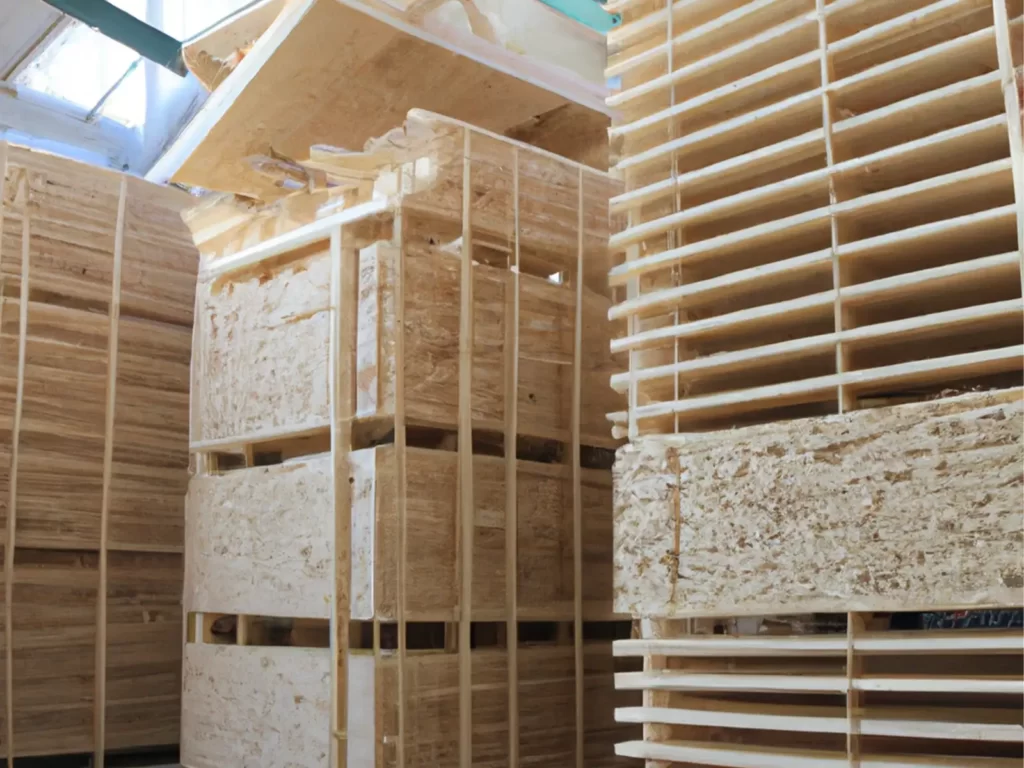
Structural timber design
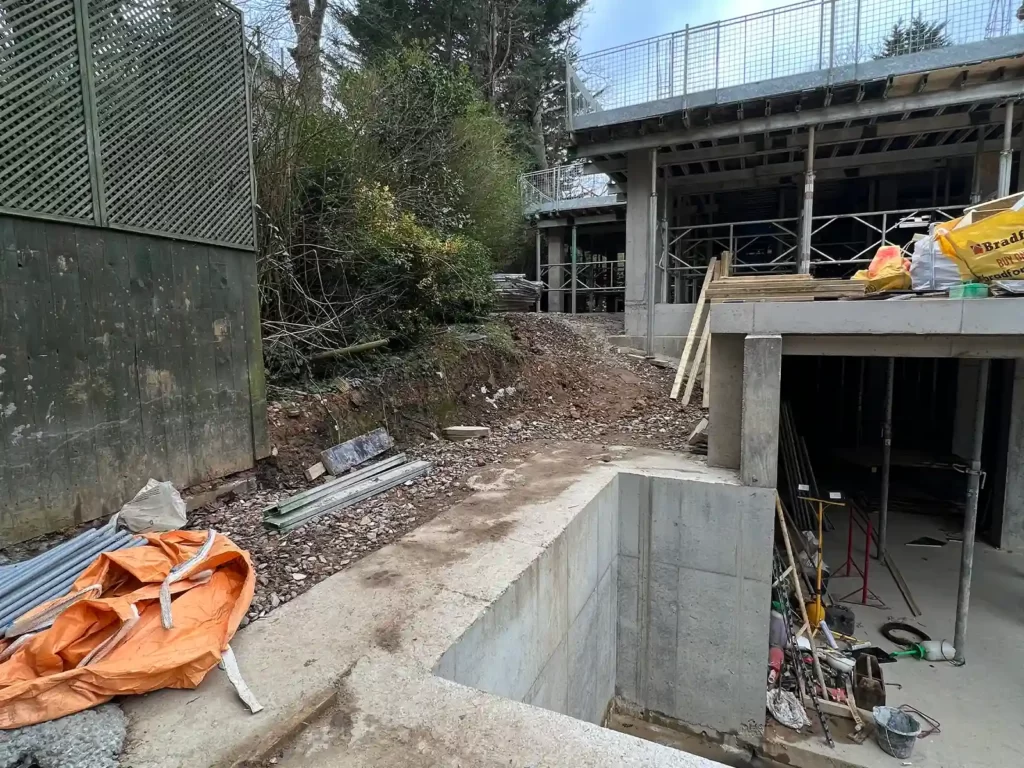
Reinforced Concrete 2023 Guide
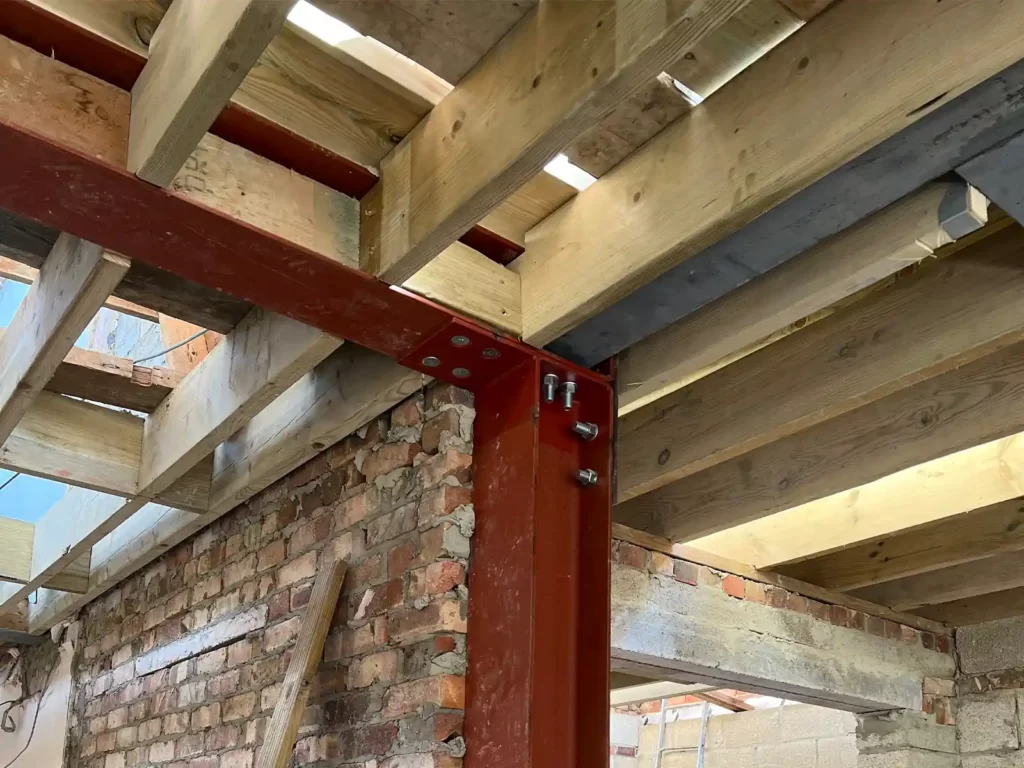
Steel Connection Design Guide:UK 2023
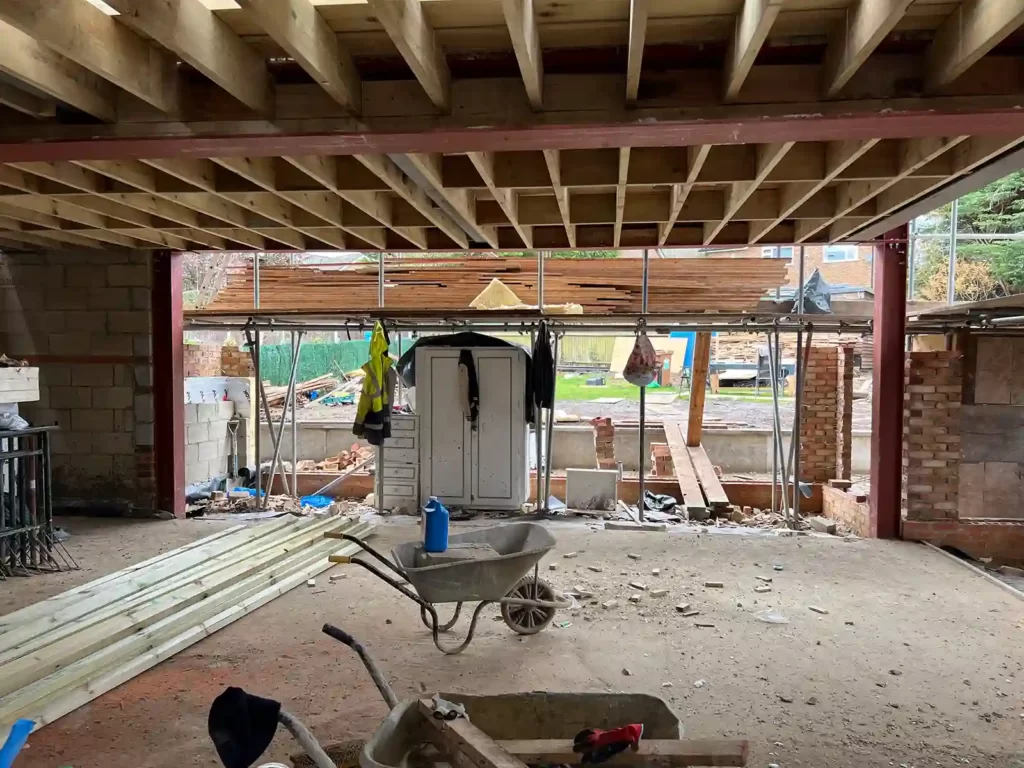
Empowering Tomorrow’s Architecture: Structural Steelwork Trends 2023
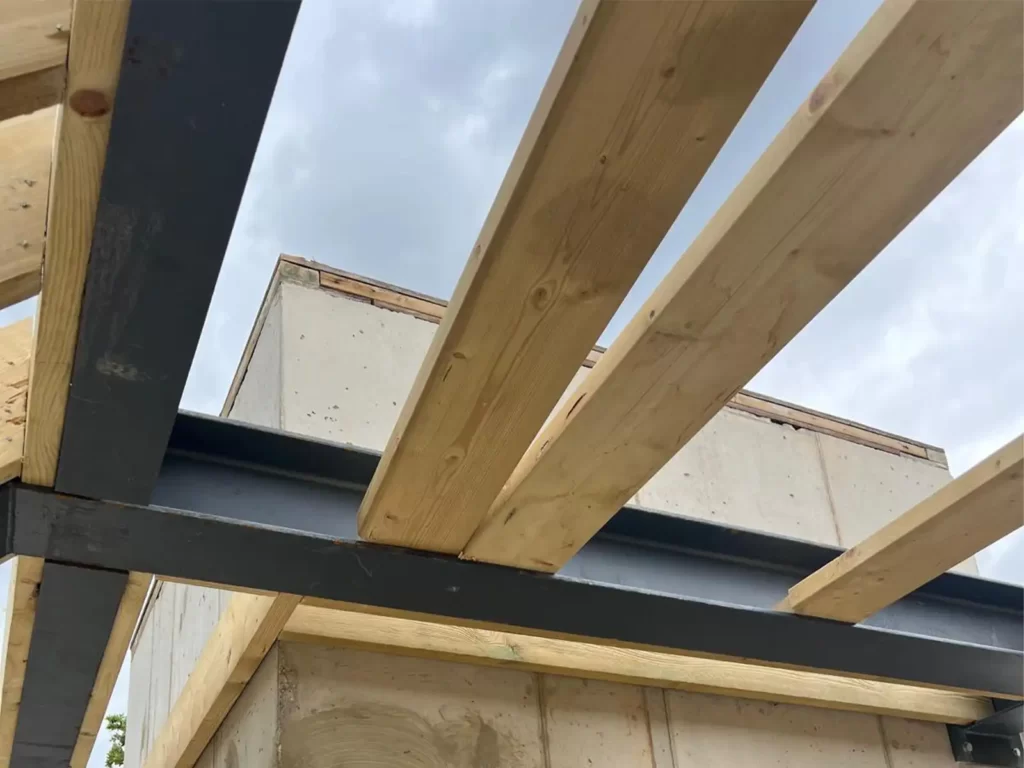
The Role of a Structural Engineer in Residential Construction
What Our Clients Say!
Zubear was very friendly and approachable and understood what was required. Thank you to the AC Design Team.
We would be delighted to appoint them again for future work if the need arose. Good value for money too.
MR
From first contact to final approval stage, Zaeem was extremely helpful and always made himself available to us.
We highly recommend AC Design Solutions for any off your architectural planning and design requirements.
Most frequently asked questions
Q. What are the different types of structural drawings and calculations?
Foundation plans serve as the starting point for any construction project. They provide critical information about the foundation’s design, ensuring its stability and ability to support the weight of the entire structure. Foundation plans detail the type of foundation to be used, such as strip, raft, pile, or pad and beam foundations.
Floor Plans
Floor plans give an overview of the layout and dimensions of each floor in the building. They show the location of load-bearing walls, joists, and other structural elements necessary for the safety and stability of the building. Floor plans provide a basic visual representation of the space and help in determining the overall functionality of the structure.
Framing Plans
Framing plans provide detailed information about the framing system of the building. These plans specify the placement of studs, rafters, beams, and other structural members. Framing plans are crucial for ensuring that the building’s frame can support the weight and loads imposed on it.
Roof Plans
Roof plans outline the design and construction details of the roof. They specify the placement of trusses, sheets, and other structural components. Roof plans take into consideration factors such as the load-bearing capacity of the roof and ensure its proper installation and stability.
Q. What is the difference between structural drawings and architectural drawings?
Structural drawings and architectural drawings are both essential components of the construction documentation process, but they focus on different aspects of a construction project. Here’s a breakdown of the key differences between the two:
Architectural Drawings: These drawings primarily focus on the aesthetics, layout, and spatial arrangement of a building. They detail the overall design, appearance, and functionality of the structure. Architectural drawings include floor plans, elevations, sections, and other views that help visualize the building’s external and internal features.
Structural Drawings: Structural drawings focus on the structural integrity and stability of the building. They provide detailed information about load-bearing elements such as beams, columns, foundations, and other structural components. These drawings specify how the building’s structure will support its weight and various loads over time.
Architectural Drawings: These drawings show elements like walls, windows, doors, staircases, room layouts, finishes, and aesthetic details. They convey the overall appearance and design intent of the building.
Structural Drawings: These drawings detail the dimensions, sizes, materials, and reinforcement of structural elements. They include information about the arrangement of beams, columns, slabs, and foundations, ensuring that the building can withstand its intended loads and remain stable.
Q.How much do structural calculations cost?
As we all know Structural calculation along with drawings to review are critical to every single project which requires any structural works. First of all all structural engineer must hold a PI insurance so you’re covered. The question is how much should you budget for this service?
The cost of structural calculations and drawings can vary widely, for small project typical between £300- £4,000 and even more for complex projects
Key Factors That Influence Structural Engineering Costs
Project Complexity
- Simple projects (single beam calculations or small alterations): £200- £450
- Moderate projects (basic extensions or internal modifications opening up a couple of load bearing walls): £750-£1,500 if you have a semi detached or terrace and your opening up the full rear wall expect the design to include a box frame design not a picture frame due to the proximity of neighbouring properties.
- Complex projects (full building designs or unique structural challenges): £2,000-£10,000+ usually this is not seen in small residential projects
Level of Detail Required
- Basic structural report: £500-£2,000 – this is an independent service needed for mortgaging a property and there maybe defect spotted, or a property would like it carried out before an extension. Most projects can skip this element of cost
- Detailed structural drawings: £350-£3,000
- Comprehensive designs with full specifications: £3,000+ this would be on larger projects that would include basement design, rebar drawings, so on
Common Project Types and Their Costs
- Load-bearing wall removal calculations: £200-£450
- Chimney breast removal calculations: £300-£400
- Small flat structural survey: £175-£500
- Large house structural survey: £500- £750
- Simple extension planning: £500-£2,000
Other Cost Factors to Consider
Geographic Location
- London and South East: Generally 15-30% higher rates
- Rural areas: May include additional travel costs without services everything is fixed cost we quote you before starting
Cost-Saving Tips
While structural engineering isn’t an area to cut corners on quality, there are ways to manage costs:
- Provide clear, detailed briefs to minimize changes
- Have preliminary architectural drawings ready before consulting an engineer
- Ensure all required information is available before work begins
The Value of Professional Structural Engineering
Remember that investing in quality structural engineering can save money in the long run by:
- Avoiding costly construction errors
- Optimizing material usage
- Preventing future structural issues
- Ensuring building regulation compliance
- Providing documentation that adds value when selling your property
While costs for structural calculations vary significantly based on project specifics, engaging a structural engineer is an essential investment in your property’s safety, compliance, and long-term value. For accurate pricing for your specific project, it’s always best to consult with several qualified structural engineers to obtain detailed quotations.
Q.Can I do my own structural calculations?
Structural engineering requires years of education, training, and professional experience. In our experience just because someone has the education does not mean they can calculate it all comes down to the experience the individual engineer has had, trying to do your calculation can lead to serious risk some of the risk are list below
Risks of DIY Structural Calculations
Safety hazards: Incorrect calculations can compromise structural integrity
Building code violations: Non-compliant structures may fail inspection
Insurance issues: Insurers may reject claims for DIY structural work
Costly repairs: Fixing structural mistakes costs far more than professional services
Resale problems: Unprofessional structural work can reduce property value. The reason for the reduced value is that the buyer or their team cannot verify the calculations or whether what has been built on site is satisfactory. It may have passed Building Control, but that is only one element; Building Control does not look at the whole job.
The new buyer may need to do some breakout work to collect data for their engineer to verify the loads, or they may need more intrusive surveys to reach the foundations and obtain soil reports, and so on. It is always best not to cut corners and engage with an engineers who have the experience for that particular project.
When You Need Professional Structural Calculations
- Load-bearing wall removals
- Home extensions and loft conversions
- Basement modifications or basement creating
- Chimney breast removals
- New builds and major renovations
Benefits of Hiring a Structural Engineer
- Comprehensive structural analysis ensuring building safety
- Compliance with all relevant building regulations
- Professionally certified calculations accepted by building control
- Peace of mind throughout your construction project
- Potential cost savings through efficient material specification
Structural calculations are not an area to cut corners. For the safety of your property and its occupants, always consult with a qualified structural engineer.
Inaccurate calculations can result in the need for immediate, often extensive and expensive, rectifications down the line, remedial works are always more expensive than doing it right the first time.
Q. Do I legally need a structural engineer?
In many cases, yes. Building Regulations in the UK legally require structural calculations and drawings for numerous construction projects to ensure safety and compliance. In some cases no whereby the works do not require any structural works.
Since the Construction (Design and Management) Regulations 2015 came into force, the client must appoint a Principal Designer (PD) at the start of the pre‑construction phase on any project that will involve more than one contractor—even if those contractors are never on site at the same time. The PD is legally responsible for planning, managing and coordinating health and safety during design. To discharge that duty the PD will usually require you to appoint a structural engineer to prepare structural drawings and calculations, so the structural integrity of the project is verified and the PD’s own liability is properly managed. In effect, whenever structural work is involved you are expected to engage a structural engineer.
You’ll typically need a structural engineer for:
Common scenarios requiring structural engineering input:
- Removing or modifying load-bearing walls – Any project that alters the structural support of your property requires calculations to ensure the building remains safe
- Extensions and loft conversions – These projects alter your home’s structural framework and require proper engineering to meet Building Regulations
- New openings in existing walls – Creating or widening doorways or windows in structural walls requires proper support design
- Underpinning foundations – Foundation work always requires structural engineering input
- Retrofitting insulation that affects structure – Some energy-efficiency upgrades may impact load-bearing elements
- Complex roof alterations – Changes to roof structures that affect their load-bearing capacity
Approved inspector or your local building control will typically request structural calculations and drawings as part of your building regulations application. Without these, you risk being unable to proceed with your project or having to make costly corrections later.
Q. What is the difference between a civil engineer and a structural engineer?
Civil engineering is the broad discipline that plans, designs and maintains infrastructure. A chartered civil engineer coordinates every stage of a scheme site surveys, ground investigations, drainage strategy, foundation design, material selection, cost control and liaison with planning authorities and Building Control—for works such as roads, bridges, tunnels, water‑treatment plants and flood defences, there are different engineers for different things.
Structural engineering is a specialism within civil engineering. A chartered structural engineer focuses on beams, columns, slabs and foundations, ensuring they resist gravity, wind, vibration. They perform detailed calculations, specify steel, concrete or timber, and inspect construction to verify compliance with BS EN design codes and Part A of the Building Regulations.
Put simply, the civil engineer manages the whole project; the structural engineer makes sure it stands up.
Get your instant online quote now!
Put £2000* back in your pocket compared to hiring a traditional architect—perfect for financing that new kitchen.













